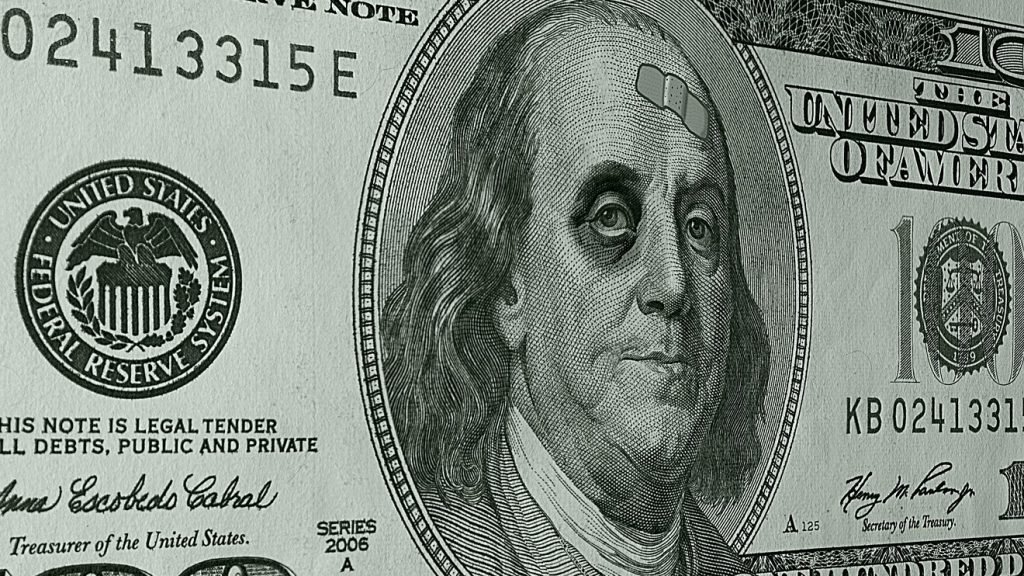The US Dollar seems to be struggling with other currencies as market participants focus on the Federal Reserve’s policy meeting today and tomorrow. The US Dollar index (DXY) fell to 100.697.
Traders fear volatility in the currency market as experts weigh in on a 50-basis-point rate cut instead of a 25-basis-point cut. USD fell to a nine-month low against the Japanese yen last Friday after reports of a 50-basis-point rate cut took hold of the market.
Also Read: Bitcoin Boom or Bust? Fed Rate Decision Could Change Everything!
Will The US Dollar Gain On Other Currencies?
Source: Shutterstock
Market Participants’ Influence On The Fed’s Decision
According to financial institution ING, investors may attempt to influence the Fed’s decision on Wednesday. Market participants may price higher odds of a 50 basis-point interest-rate cut. Such a development could further share the USD footing.
Also Read: Barclays Predict What’ll Happen to the US Dollar After the Fed Meeting
Analysts’ Opinions On Rate Cuts
ING analyst Francesco Pesole said, “If markets price in 50 basis points, the Fed will be more likely to deliver 50 basis points.”
Pesole believes the American currency may continue struggling if US retail sales data is insufficient to discourage aggressive rate cut expectations.
Other analysts are rooting for a 25 basis point rate cut. Swissquote Bank analyst Ipek Ozkardeskaya said, “I still firmly believe that a 25 basis-point cut would be the best option due to unalarming economic figures of the moment.“
Anticipated Dovish Stance From The Fed
Regardless of the rate cut, some analysts anticipate a dovish stance from the Fed. Macquarie strategists say, “Regardless of which of -25bps or -50bps the (Fed) goes with on Wednesday, we do think that the Fed’s messaging will be ‘dovish.’“
Also Read: Viral Meme Coin Soars 400%: Now 4th Largest in the Market!
Currency Losses Against The Japanese Yen
Macquarie believes the largest currency losses would be against the Japanese yen, stating that “the contrast between central bank outlooks will remain starkest between the Fed and the BOJ.“


